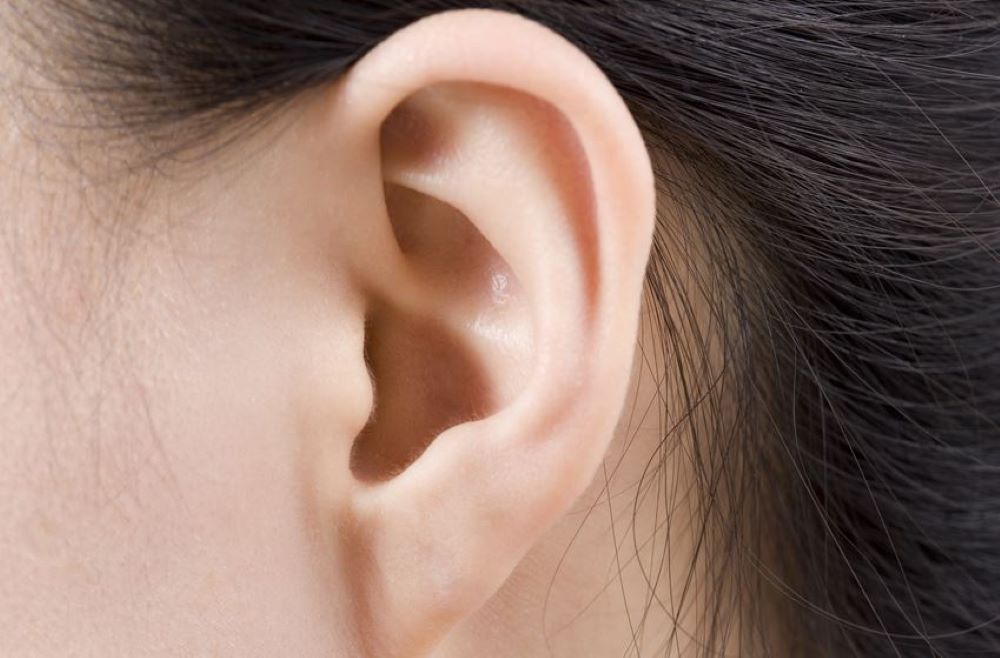MEDIA ONULMedia ONUL
Experience the diverse activities of today through our media content.
| Subject | Ear Filler Procedures Gain Popularity |
|---|---|
| Date | 07-21 |
| View | 197 |
|
Ear Filler Procedures Gain Popularity, But Caution Advised Due to Possible Side Effects Recently, a video showing a doctor injecting filler directly into their own ear to compare before-and-after results has gone viral on social media. In fact, the number of people receiving filler treatments to change the shape of their ears has been increasing recently. However, caution is necessary due to potential side effects.
Ear filler literally refers to filler injections applied to the ear. Dr. Insoo Kwak of Oneul Plastic Surgery explained, “The purpose is to add volume to the ear,” adding, “It is mainly performed on the earlobe and behind the ear.” Since ears contribute to a person’s overall facial impression, fillers are injected into these areas to create a more balanced facial appearance and to resolve complexes related to ear shape. Dr. Kwak noted, “Ear filler is used to correct cases where the earlobe is very small or to fix ‘pointed ears’ (also called ‘stick-out ears’).” Pointed ears are characterized by the lack of earlobe curves and a sharp shape extending directly to the jaw. While this can be congenital, it often appears after facial lifting surgeries that pull the skin tight. Pointed ears can give a strong impression and are traditionally considered unlucky in physiognomy. Therefore, fillers are used to create a so-called ‘Buddha earlobe,’ which is larger and slightly drooping. Why inject filler behind the ear? Dr. Kwak explains, “When the ear tilts backward, the face may appear larger in comparison. Injecting filler behind the ear can help bend the ear forward, making the face look smaller.” Despite the cosmetic benefits, concerns arise about possible damage to the cartilage in the ear. Dr. Kwak cautions, “Because the ear has little soft tissue and important structures like cartilage, care is required during the procedure. Although fillers are not injected directly into the cartilage, they can be placed under the skin covering it. However, over-injection may disrupt blood supply.” If cartilage is damaged after ear filler treatment, permanent deformities may occur. Therefore, procedures should be done at specialized medical facilities. Surgical options to change ear shape are also available. Dr. Kwak explained, “There is a surgery that softens and rounds ‘prominent ears’ (pointed ears) when the upper ear cartilage is folded sharply.” This involves incisions behind the ear or creating cartilage folds. There is also surgery to correct ‘hidden ears’ (where the upper ear is buried under the skin), which can make wearing glasses difficult. This surgery exposes the cartilage by cutting the skin behind the ear and pulling the cartilage outward before closing the incision. Additionally, surgeries can repair ears with scars, deformities, or torn earlobes. In such cases, earlobe reconstruction is performed, often involving grafting skin or tissue around the earlobe to restore shape. |
|


















